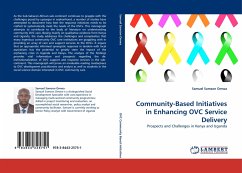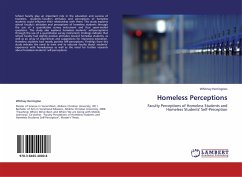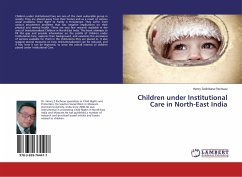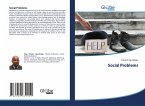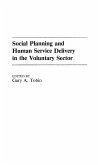The World Health Organization (WHO) estimates that 358,000 women of reproductive age die each year from complications arising from pregnancy, and a high proportion of these deaths occur in Sub Saharan Africa (WHO, 2011)The ratio of maternal mortality in the region is one of the highest in the world, reaching levels of 686 per 100,000 live births (WHO, 2011). The patterns of maternal mortality reveal large levels of inequality between and within countries. Ninety nine percent of maternal deaths occur in developing countries and only 1%of deaths in developed countries (WHO, 2011). Sub Saharan Africa and South Asia accounted for 87% of the global maternal deaths (WHO & UNICEF, 2003). According to the report by WHO & UNICEF (2003), in Sub Saharan Africa (SSA), a woman's risk of dying from treatable or preventable complications of pregnancy and childbirth over the course of her lifetime is 1 in 22, compared to 1 in 7,300 in the developed regions.
Bitte wählen Sie Ihr Anliegen aus.
Rechnungen
Retourenschein anfordern
Bestellstatus
Storno


